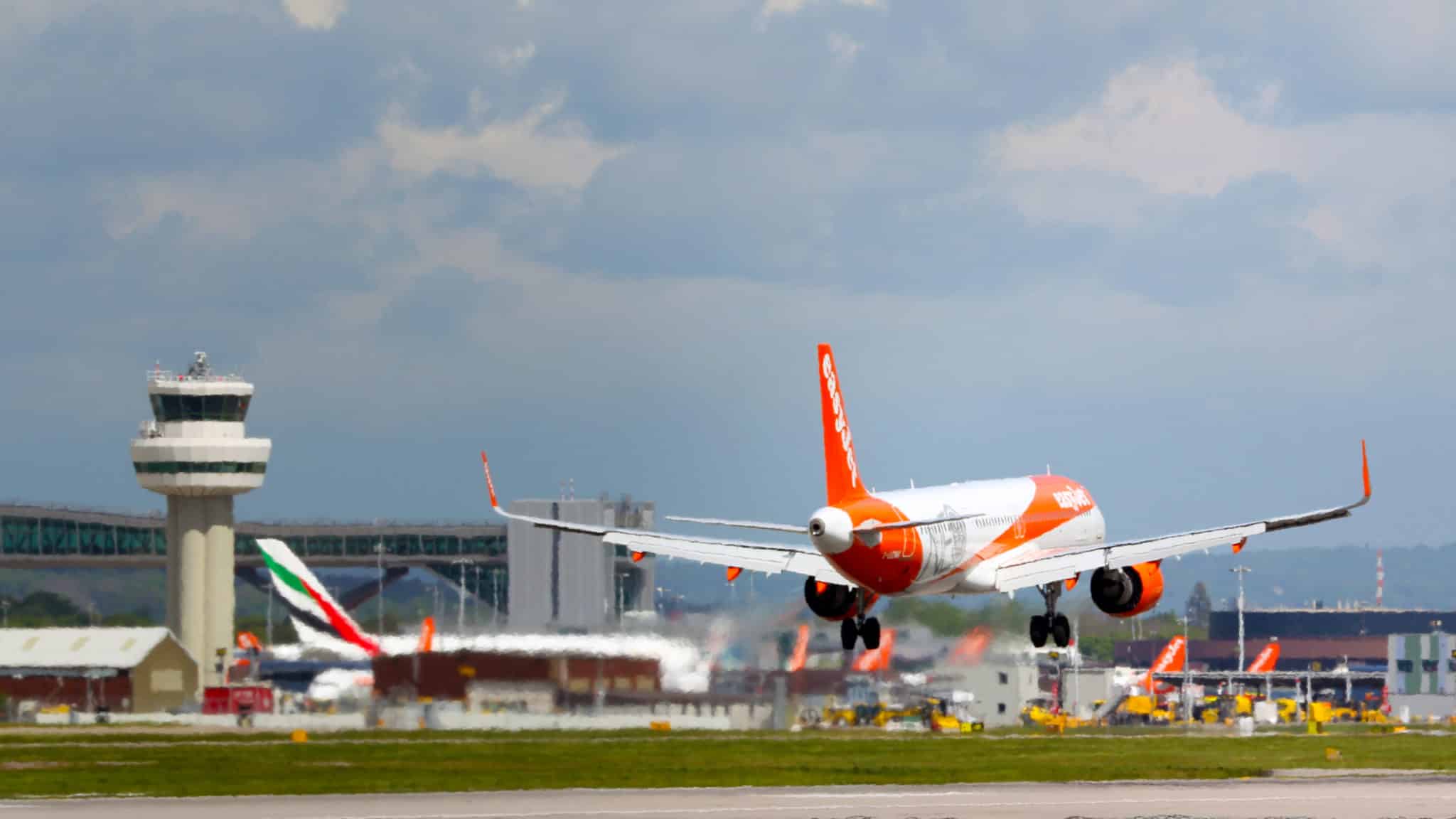PLANS for a second runway at Gatwick would mean thousands more planes using the airport and be “a massive blow to the quality of life” for people across Tunbridge Wells.
That’s the warning from local MP Greg Clark following the next step in Gatwick’s scheme to repurpose the Northern Runway.
The plan has now been submitted to a panel of independent experts for examination.
The process could take up to 18 months and could lead to the final green light for the controversial initiative.
In a letter to the Planning Inspectorate, Mr Clark said: “The level of noise from the existing use of Gatwick Airport causes significant disturbance to many of my constituents because landing flights pass at low levels directly across residential areas in Tunbridge Wells, Southborough, Rusthall, Speldhurst, Bidborough, Groombridge, Ashurst and Langton Green.
“The proposed additional runway would make a bad situation worse.”
Mr Clark was particularly concerned by Gatwick’s analysis that pointed out that a 70 per cent increase in the number of air traffic movements between 2016 and 2032, of which 30 per cent was specifically attributable to the proposal.
“Such an increase in the frequency of aircraft movements overflying an area would be a massive blow to the quality of life of my constituents,” he added.
“Noise would go from being frequent to being more or less constant.”
Campaigners claim that a second runway would mean thousands of additional flights a year using Gatwick Airport bringing about “motorways in the skies”.
Sally Pavey, a spokesperson for Communities Against Gatwick Noise Emissions (CAGNE), told the Times: “The second runway will create an extra 100,000 flights a year, increasing from 285,000 to 382,000 by 2038.
“Tunbridge Wells will be particularly hit by noise with 70 per cent of arrivals flying in over West Kent.”
She claimed the airport continued to be in denial about the impact that the new second runway would have on people living as far as 30 miles away.
“Whatever departs from Gatwick must come back and Tunbridge Wells residents will suffer more because of it,” she added.
“Using new technology, they want to concentrate the flight path into motorways in the skies, meaning if your area gets arrivals now, you will probably see more planes overhead with less gaps in between.
“Gatwick has also requested to modernise its airspace to improve its efficiency and growth but, due to policy, flight paths must be routed to disturb the least amount of people, which would target rural, less populated areas.”
Gatwick says their “substantial growth plan” would create 14,000 new jobs and inject £1billion into the region’s economy every year.
However, Ms Pavey pointed out that the new jobs would come with consequences.
“The jobs will require thousands more people moving or travelling into the area, with many jobs being potentially seasonal and lower paid,” she continued.
“It puts pressure on affordable housing, which there is a lack of, and amenities like health and schools, as well as travel and road congestion.”
In response, a Gatwick spokesperson said: “No flight path changes are required as part of our Northern Runway plans.
“We recognise noise related to the airport is an issue for some.
“Our Northern Runway plans include a legally binding noise envelope that places limits on aircraft noise.
“There is also an enhanced noise insulation scheme for those properties most affected.
“The Government’s airspace modernisation programme is separate from Gatwick’s Northern Runway Project.”
HOW TO GET YOUR VOICE HEARD
Following approval from the Planning Inspectorate, Gatwick’s proposals will now be examined by a panel of independent experts.
This examination could take up to 18 months to complete and could include written submissions and public hearings.
During the pre-examination residents, local councils and stakeholders will be able to have their say on Gatwick’s plans by first registering with the Planning Inspectorate as an ‘interested party’.
The date registrations open has not been announced yet but will be confirmed in due course on the planning website here: infrastructure.planninginspectorate.gov.uk
Those interested will have 28 days from the date posted on the website to register their interest by completing the relevant representation form, where participants will be able to submit their written views.
During this pre-examination stage, those interested will also be able to view the application documents, read other people’s views and attend a preliminary hearing.








